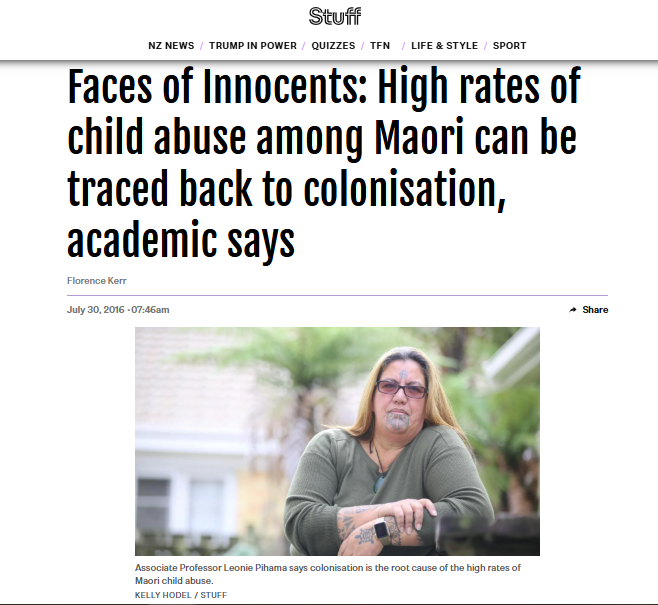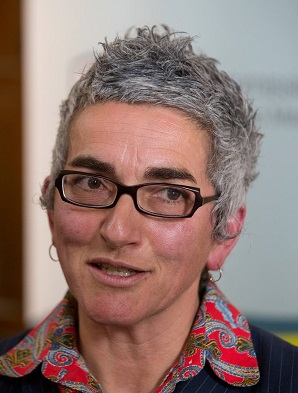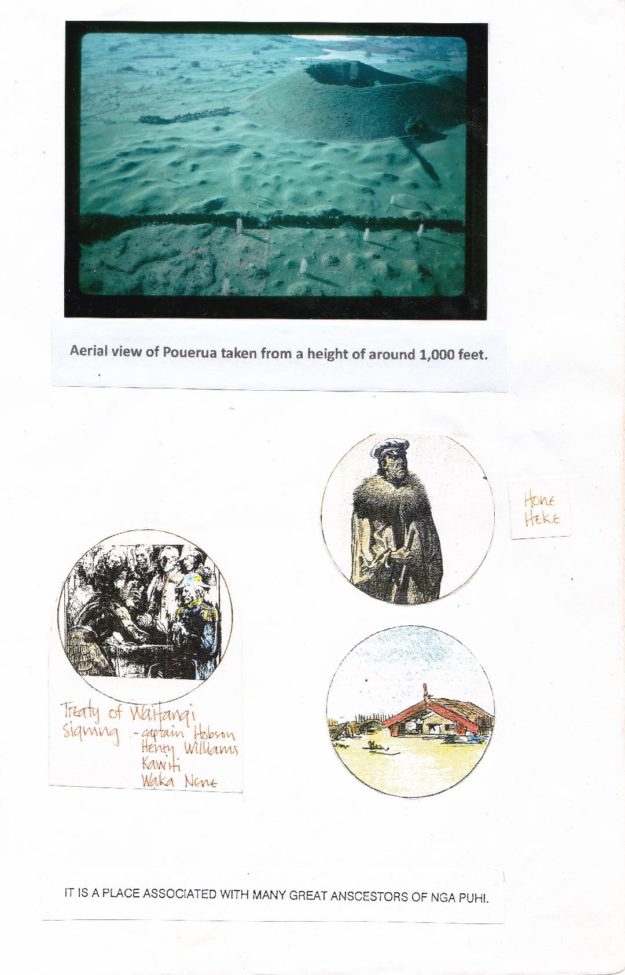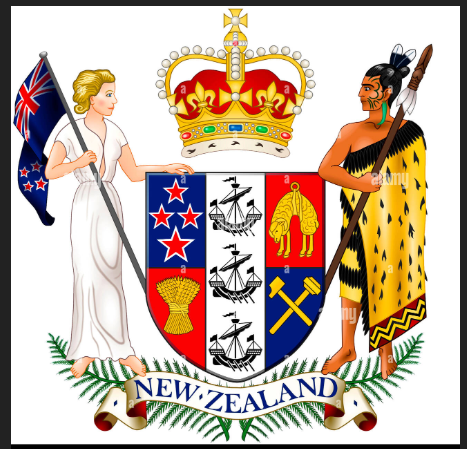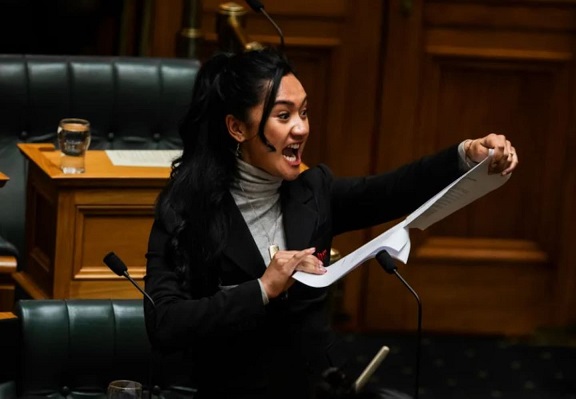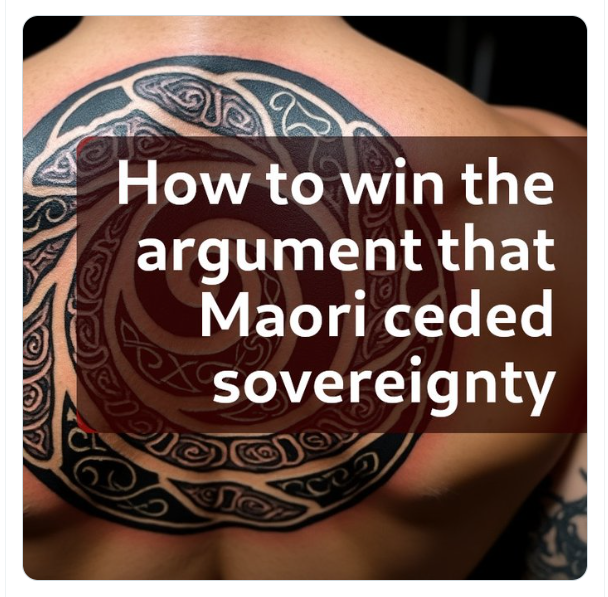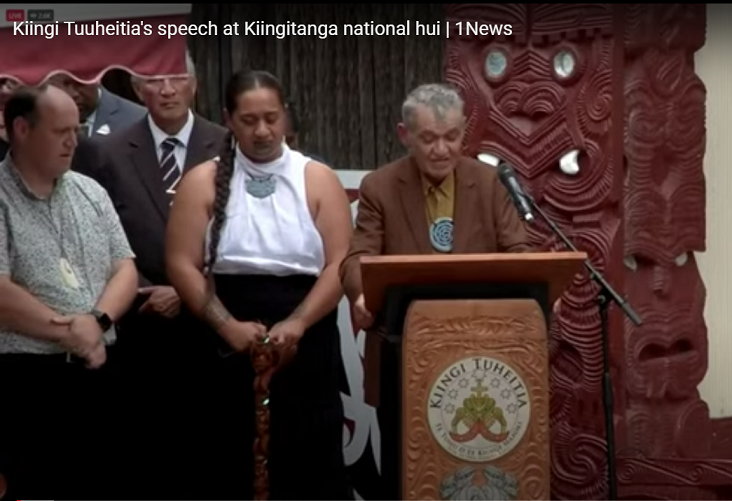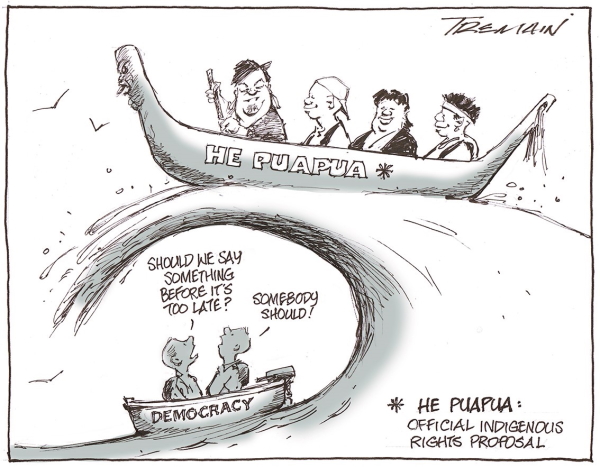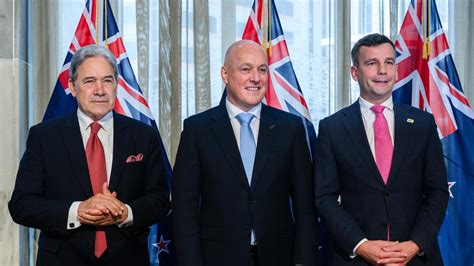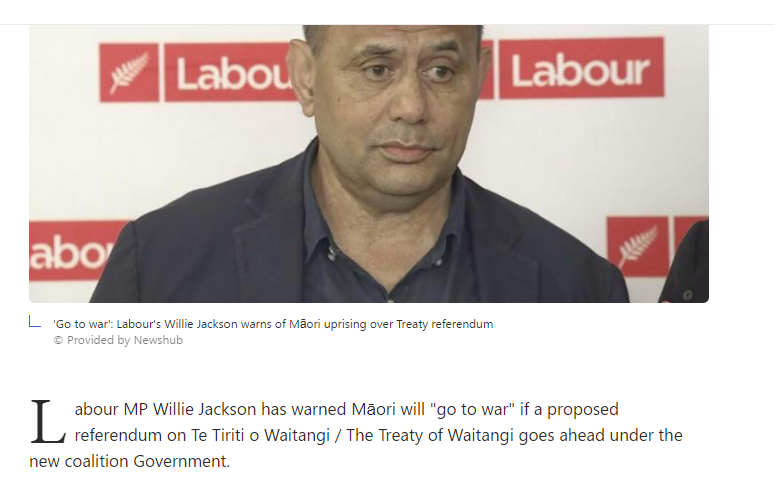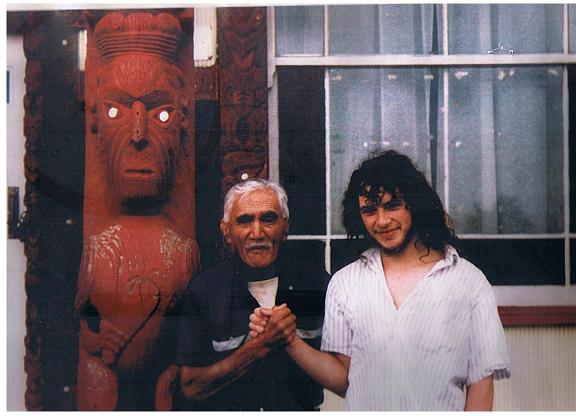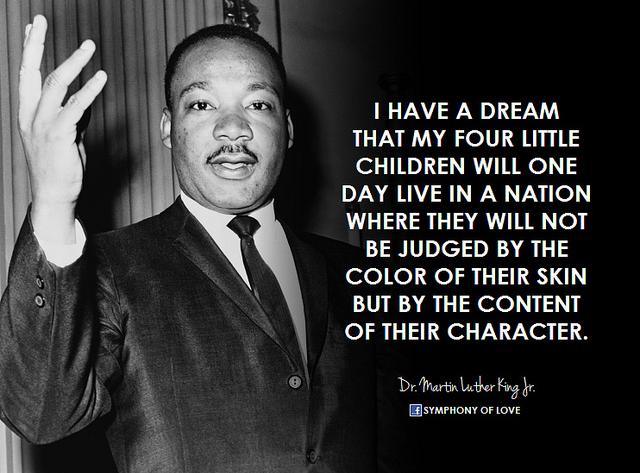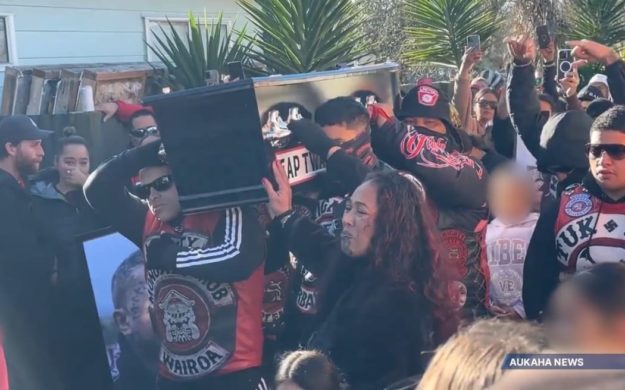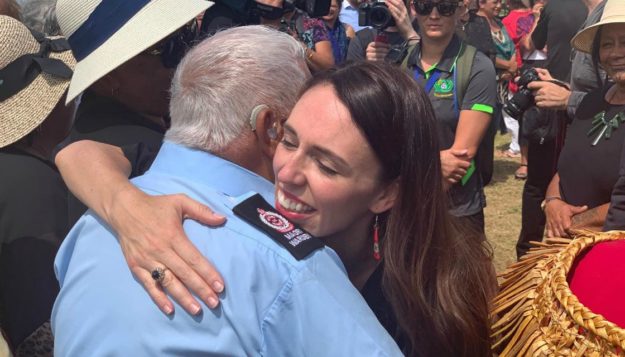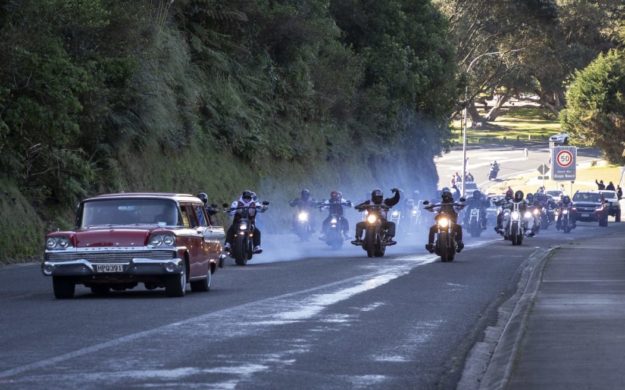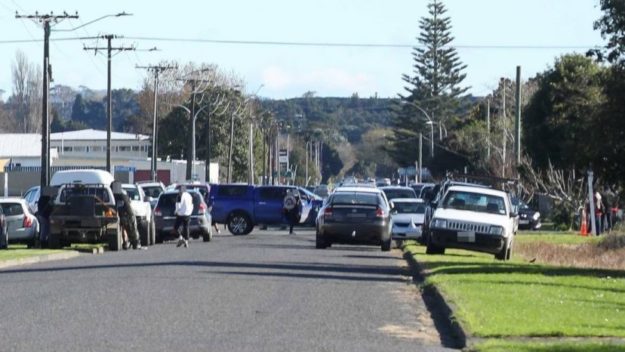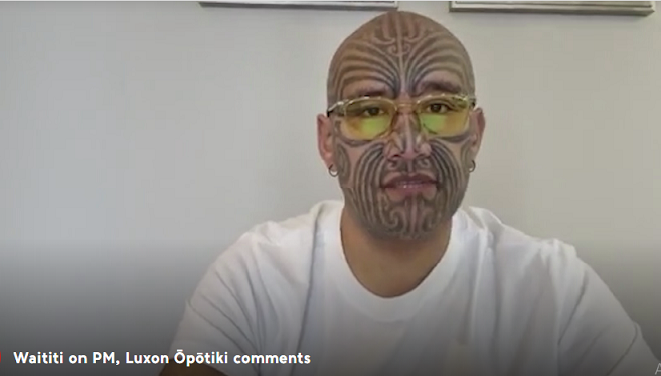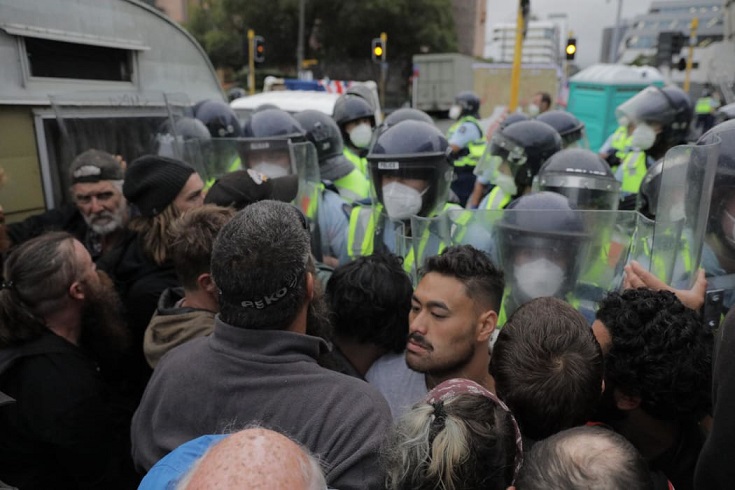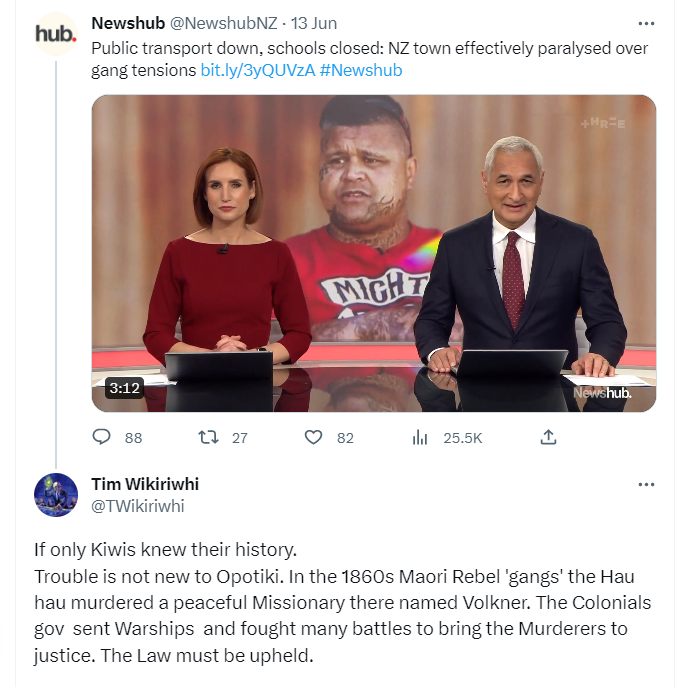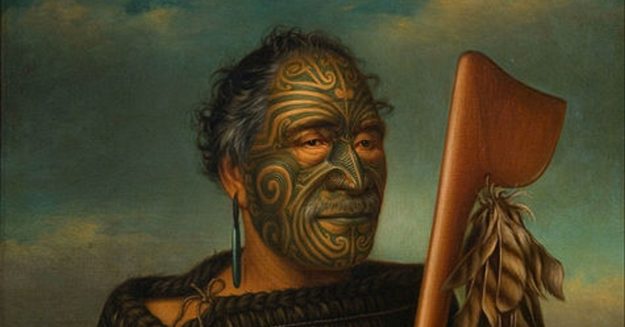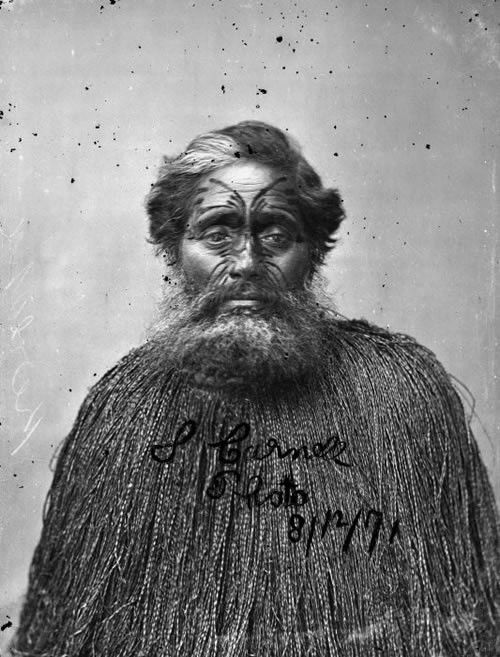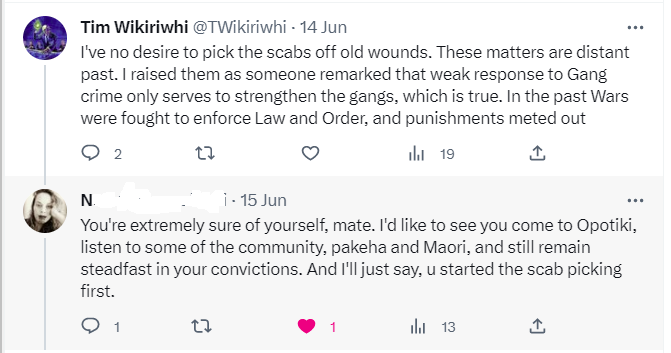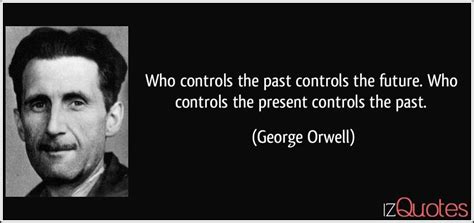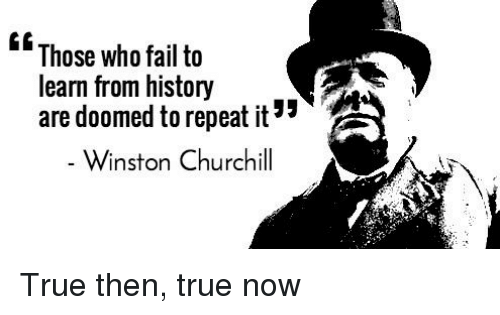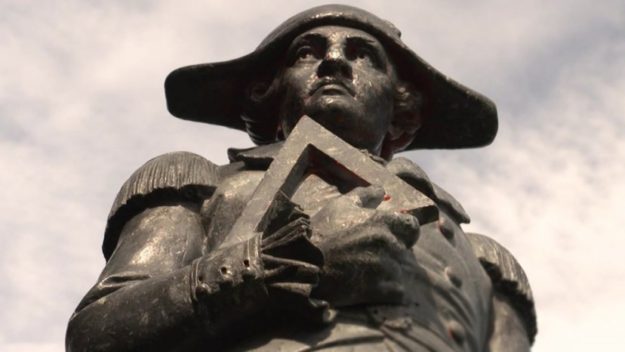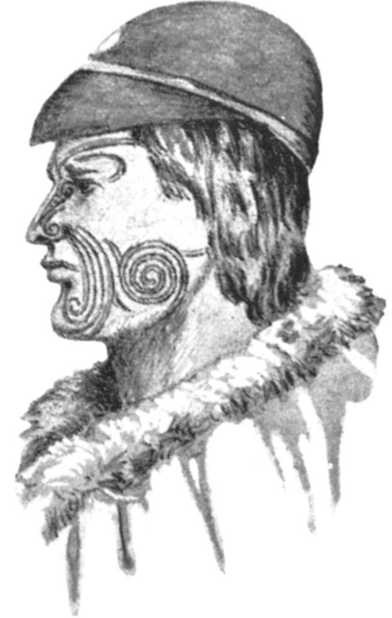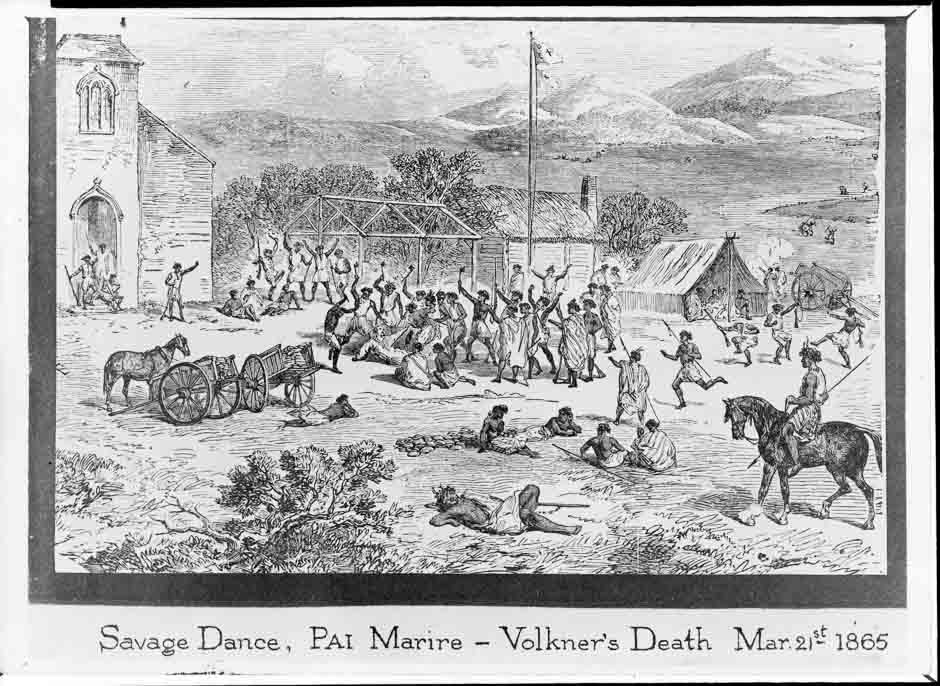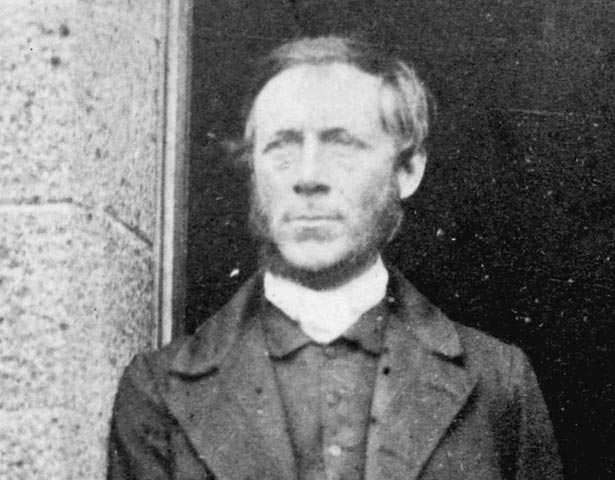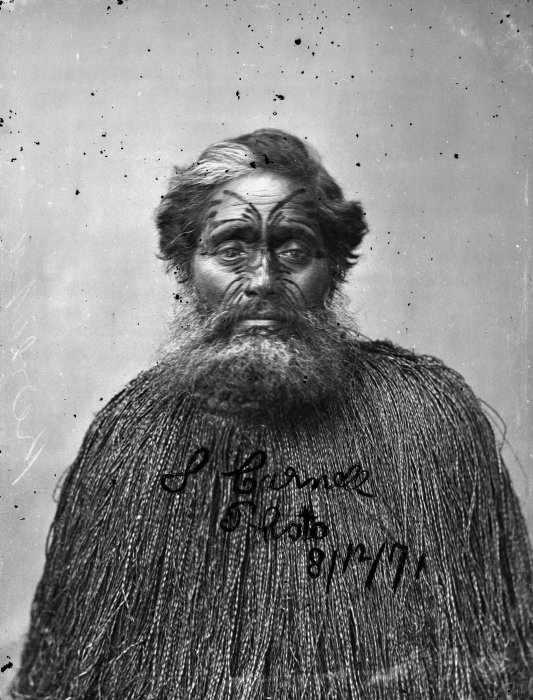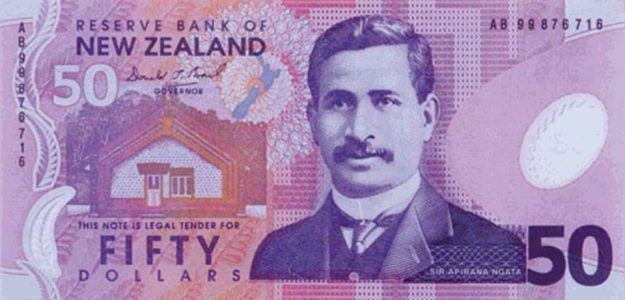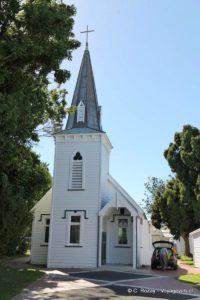Before you read Act’s press release I would like to comment on the 300 000 plus public submissions received for this Bill.
We have been told the vast majority of submissions opposed the Bill and that on this basis the select committee (full of national party) have recommended the bill be scrapped.
Hobson’s Pledge has come forward and said… If the New Zealand Public are overwhelmingly opposed to the Bill then why do the Political parties who oppose the bill fear holding a public referendum on it and allow the people of New Zealand to have their say?
the Answer is obvious… the submissions process has been hijacked by corrupt Political interests to the degree that the 300 000 submissions does not accurately reflect New Zealanders true democratic opinion.
We can be certain that most of the 300 000 submissions were ‘harvested’ rather than genuine submissions. I know Hobson’s pledge used a ‘submissions generator’ yet I think such submissions should be disqualified. The Maori Party has been recorded openly endorsing generating false submissions. These so-called ‘Submissions generators’ are an obvious opportunity to rig the process… to defraud genuine submissions.
8% of 300 000 is 24 000 submissions in favour of the bill.
We also had countless numbers of Government departments, and government funded private interests who depend on the maintenance of Treaty separatism for their income streams using their Government funded systems to garner submissions to oppose the bill.
This is a clear conflict of interest given they *work for the people* yet are putting their private interests first.
Also from watching just a short amount of the oral submissions I saw people who while on the Public dime… during working hours… traveling to wellington to deliver submissions against the Bill.
All of this is corruption!
It’s a massive misuse of Public moneys for political ends.
Then there were the countless numbers of submissions that clearly show the people who sent them have no grasp of what the Bill actually is, nor did they present any cogent argument for it’s rejection. They simply stated they opposed the bill… for patently invalid reasons.
Tim Wikiriwhi.
Christian Libertarian.
**********
Act’s Press Release (Below).
Copied from Act New Zealand’s X page… here
ACT New Zealand
@actparty
·
Over 300,000 Treaty Principles Submissions, and not a glove laid on Equal Rights
“The Treaty Principles Bill Select Committee report confirms what ACT has long said. There are no good arguments against people being equal, and more people making bad arguments does not improve them,” says ACT Leader David Seymour.
“They came in their thousands to oppose the Bill, but only succeeded in showing why Parliament should pass it into law. The confused and often self-contradictory arguments against the bill (analysed below) show why it is necessary to clarify a simple truth by Parliament passing this law: All Kiwis are Equal, forever.
“The alternative version of New Zealand supported by many submitters, where Parliament is not sovereign and people shouldn’t have their rights upheld equally, is unworkable. The idea that two babies born in New Zealand should have a different place in New Zealand thanks to events occurring nearly two centuries before their birth is abhorrent.
“High profile bills often draw out Select Committee submissions that don’t reflect public opinion. Opponents will make much of the balance of submissions, but if they believed the public opposed the bill they could call for a referendum where everyone votes. You can’t say the majority decides the matter unless you’re ready for the majority to decide the matter.
“We have seen wide contrasts between submissions and public opinion before. In the case of the End of Life Choice Act, analysis of that showed 90 per cent were opposed. When that law was put to referendum, it passed by 65 per cent to 34 per cent (with a small number of ‘informal’ votes).
“When people are asked about the Bill’s principles, they come out strongly in favour. For example when a scientific poll asked about the specific wording of the proposed principles, it found:
The Executive Government of New Zealand has full power to govern, and the Parliament of New Zealand has full power to make laws in the best interests of everyone; and in accordance with the rule of law and the maintenance of a free and democratic society.
Support: 45%
Oppose: 24%
The Crown recognises, and will respect and protect, the rights that hapū and iwi Māori had under the Treaty of Waitangi/te Tiriti o Waitangi at the time they signed it. However, if those rights differ from the rights of everyone, this applies only if those rights are agreed in the settlement of a historical treaty claim under the Treaty of Waitangi Act 1975.
Support: 42%
Oppose: 25%
Everyone is equal before the law. Everyone is entitled, without discrimination, to the equal protection and equal benefit of the law; and the equal enjoyment of the same fundamental human rights.
Support: 62%
Oppose: 14%
“The principles in the bill are strongly supported by an average margin of two votes to one. However, even if the principle of equal rights for all was wildly unpopular (as it has been on many issues throughout our history), it would still be the right policy. The reason is that people truly are equal, and the law of the land should treat them as being alike in dignity.
“The submissions and the opposition parties’ summaries of them show why the bill is needed.
Here are the key arguments:
Māori never ceded sovereignty
“Various submitters claim that Māori never ceded sovereignty in the Treaty of Waitangi, and it’s implausible that they would have. It has always been inconsistent to argue that the Chiefs were all powerful when they signed, but only years later the British superpower was able to trample rights Māori with overwhelming force in the land wars.
“The truth is that Britain was the superpower of its day, and there were good reasons to seek its protection. A combination of the musket wars, unruly settlers, and concern about possible French intrusion made it very plausible that Māori would want British protection, including from other iwi.
“Furthermore, Rangatira raised the concern that sovereignty would be lost as a reason not to sign. They were fully aware of what they were signing up to, that people now say they were not an afront to their mana.
“More importantly, those submitting to Parliament failed to give any workable solution to a country without a sovereign Parliament. Without clearly understood and respected laws it would be much harder for people to build their lives, homes, families and businesses, as is the case in many countries around the world that lack strong democratic traditions.
“Widespread claims that Parliament does not have the right to make laws show why the first proposed principle is needed. The basic idea that the Government and Parliament have the full right to make laws is essential to a coherent country where people have certainty to plan their lives. Te Pati Māori have shown a hint of the anarchist alternative with their theatrics around the bill and subsequent Privileges hearing.
Parliament cannot interpret the Treaty
“One submission claimed ‘Parliamentarians come from all walks of life and have a vast array of skills, however very few have a coherent understanding of the historical context in which Te Tiriti was signed, nor proficiency in Te Reo Māori to understand the true context of the original text, nor the experience applying the principles in a judicial context. (Green Minority View)’
“Various submitters argued that the Courts, Waitangi Tribunal and various experts can interpret what Parliament meant when it legislated that there are Treaty Principles, but a Parliament of the people cannot. What they are really saying is that the destiny of the country cannot be decided by the people who must live in it. That is a recipe for disenfranchisement and growing discontent. Parliament can and must remain the highest court in the land.
Other countries have special indigenous rights
“One Party’s Minority View claims that ‘Canada, Denmark, Bolivia, Sweden, Finland, Ecuador, and the Philippines are a few countries that have enabled constitutional recognition of Indigenous rights.’ This is only partially true, none of these countries have a constitution that effectively splits Governance equally between two ethnic groups regardless of numbers, as many suggest New Zealand should be co-governed.
“More importantly, there are many examples of bad policies around the world that we should not want to emulate. Canadian indigenous policy, for example, is a very poor comparator to New Zealand, it is certainly not an example we should want to follow.
Māori don’t have special rights
“Various submitters were summarized as saying the Māori do not in fact have special rights. This contradicts the argument that Māori have separate sovereignty from the rest of New Zealand. It also brings into question why anyone would oppose a bill that says All New Zealanders have the same rights, notwithstanding Treaty Settlements.
“The contradiction emerged in one passage from the report:
One often repeated statement was that Māori were given special privileges under the Resource Management Act. There was no substantive evidence provided for this, and the Auckland City Council in its oral submission rejected that this was the case. It is true that where there is an application for a resource consent for a use outside of the District Plan the interests of Māori, including local iwi and hapu, are relevant to decision making. However it is hard to understand how consultation with the mana whenua is in any way a special privilege.
Māori do have special rights
“The above paragraph perhaps brought out the best contrast between those objectors who believe Māori do have special rights, and those who believe they do not. They began by claiming there are not special rights, then concluded Māori are so special they should expect to have special rights!
“Clearly many people do believe Māori should have special rights, while also claiming to support equal rights. That is why it is necessary to pass the Treaty Principles Bill.
Māori have a group right to language and culture
“One of the most interesting themes of the submissions was that the Māori have group rights to language and culture that must be protected by the Treaty. This reflects a genuine anxiety that opponents of the bill have created, that gains in te reo Māori, Kapa haka, and the application of Tikanga might be lost. I take that anxiety seriously.
“There is no need for specific Treaty protection for Māori language and culture for flourish. Choice programs and health and education, arts funding, and tikanga practices in everyday life can all flourish without a specific constitutional protection, none of them rely on it. All of them are part of a commitment to allowing all citizens an opportunity to flourish and succeed on their own terms.
“Furthermore, if Māori language and culture require constitutional protection, what about the many other groups who make up New Zealand. Are they somehow not entitled to their language and culture? If they are not, then how can we say we are a society committed to equal rights?
The bureaucracy criticised it
Some made much of the Public Service criticizing the Bill. Public servants were the most predictable critics of the bill. The whole point of the Bill is that the bureaucrats got it wrong. If their view of the Treaty was consistent with equal rights and democracy, it would not be necessary for parliament to intervene in the first place.
The Bill is divisive
“Others claimed that the Bill has been divisive. The Bill propose that the Treaty be interpreted in such a way that All Kiwis are Equal. What the Bill has done is reveal that New Zealand is divided. Many believe Parliament should not be sovereign, and the rights of two New Zealanders born on the same day might not be equal, depending on their ancestry.
“The Bill has revealed a drift towards division in this country. That drift to division further shows why the Bill is necessary.
In conclusion
“In conclusion, there are no compelling arguments that Parliament is not sovereign, and citizens of this country do not have equal rights. There are worrying arguments that New Zealand cannot function as a liberal democratic state if the Treaty gives different New Zealanders different rights. The Select Committee process has strengthened the case for the Treaty Principles Bill.”
More from Tim…
Principles of The Treaty Of Waitangi Bill. Submission By Tim Wikiriwhi.
Tim Wikiriwhi: My 5 minute Oral submission for the Treaty Principles Bill.

